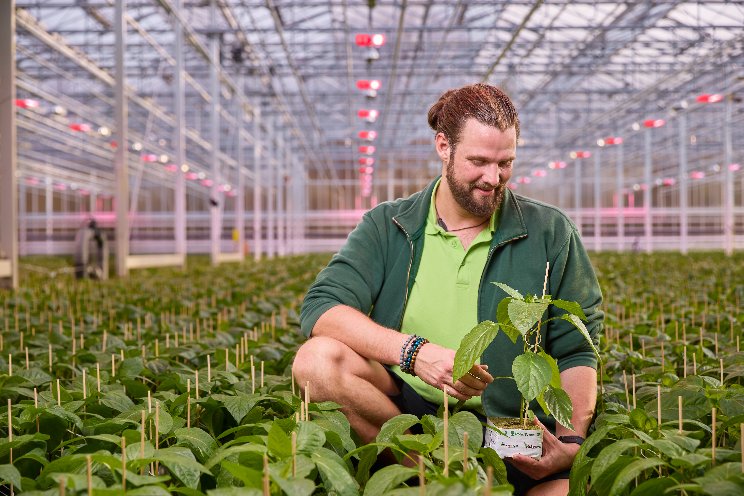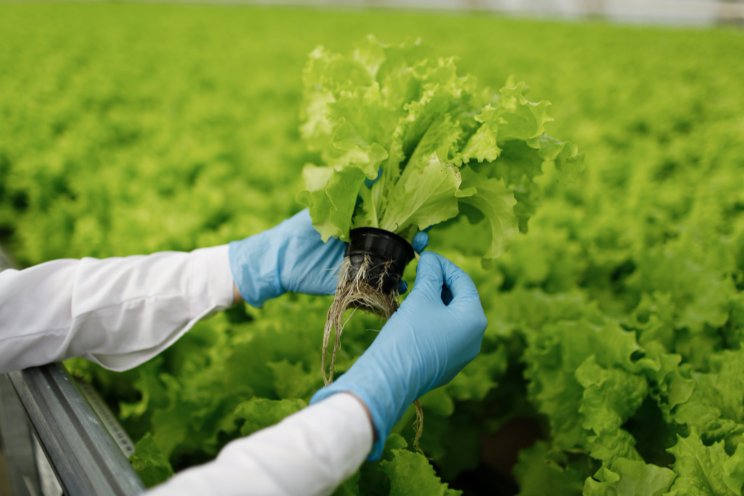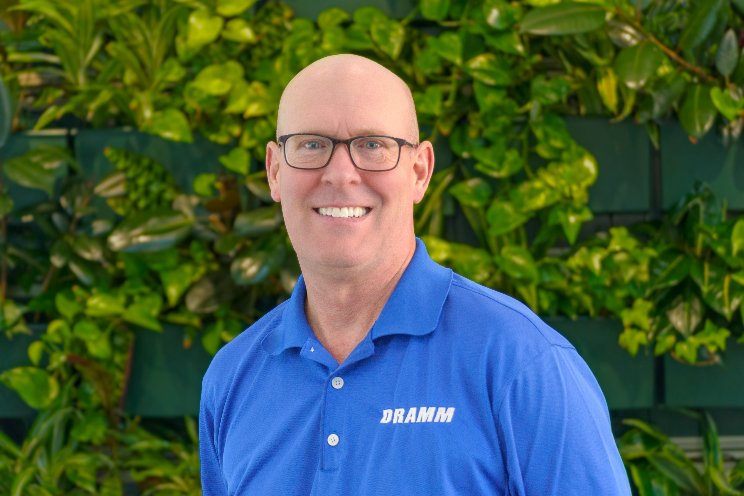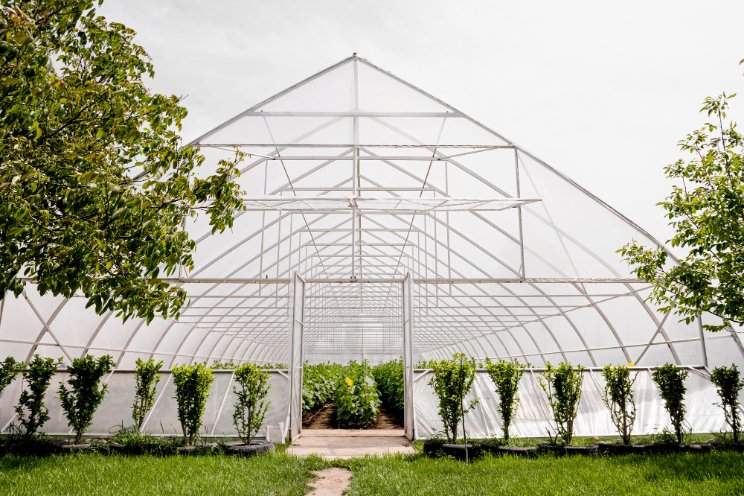Growing media to control (plant) resilience
Added on 27 February 2023
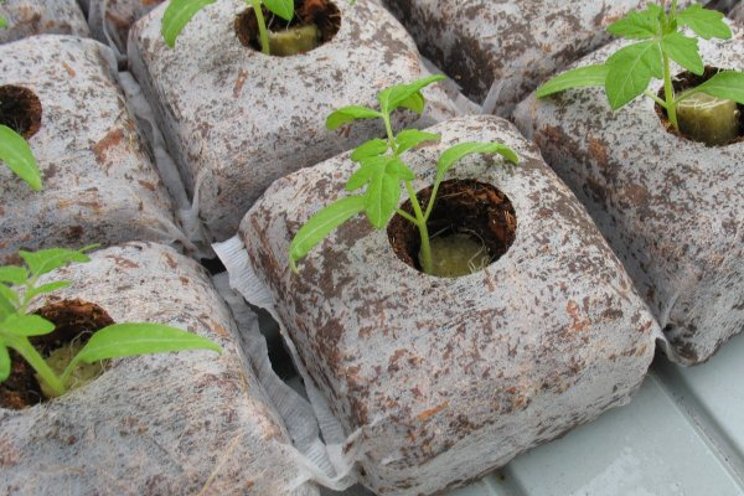
First, it is discussed which growing media can serve as the basis for an active and diverse microbiome in the root environment. It is important to realise that this is an optimum for stability, below and above which the chances for diseases increase (1000-2000 mg carbon/m2/d). Stability stands for the extent to which a growing medium can be broken down by microorganisms. In a growing medium mixture, slightly too unstable and slightly too stable components can compensate for each other. Highly stable growing media components are coconut products (pith, fibre and chips), bark, biochar, sphagnum and bio foams. Less stable growing media components are wood products (fibre, and chips). Growing media components with too low stability to apply unmixed are composts, champosts and many fibre products (flax, hemp, grasses). In order to design resilient cultivation systems, a choice of stability groups must be combined with a matching choice of plant, fertilizers, organic additives and the expected abiotic settings (temperature, water content, acidity and oxygen supply).
After discussion of the materials, an inventory of measures at the disposal of the grower follows. The rate at which carbon is released from a growing media component is an important and measurable indication of microbial activity. The microbial activity is also partly dependent on the carbon released by the plant, the (organic) fertilizers and other organic additives. In addition, environmental factors must be taken into account, in any case temperature, moisture content and acidity. The grower influences the environmental factors, the nature of the organic matter sources added (via growing medium, organic manure and organic administrations) and the amount, frequency and distribution of administrations. Importantly, there is an optimum for microbial activity, which lies between the release of 1000 to 2000 mg of carbon per square meter per day. This means that the above-mentioned measures can already be set up in a measurable way. Equally important is that possible missing data (how quickly does a growing media component or organic compound break down) can be determined with existing routine measurements.
Photo Courtesy of Wageningen University & Research
More news
